Dropping on Roaming Crappie
Dropping on Big Crappie
Speed for Searching
This wasn't the first time I was in the boat with some great crappie anglers that chased big crappie in open water. I had the opportunity to fish with professional crappie anglers, Chad and Stephen Crepps. I got a lesson on keeping on the move searching for not just a crappie but a big crappie. Chad and Stephen made the technique look easy and they didn't drop on the crappie, they pitched their jig up to 45 feet to catch theirs. They used their trolling motor on high and cruised at up to 2 mph scanning the water in front of them. They made it look easy. I did manage to catch a few myself but struggled for sure. I did write an article about the trip and it made the cover of MidWest Outdoors. You can read that article on my website here.
This trip with Jimmy Riley, an excellent crappie fisherman, was much different. We did scan for open water crappie but instead of pitching to the crappie we dropped on them with a 15 foot rod with a Li'L TUFFY Swimbait. I had been wanting to vertical fish for crappie with the Li'L TUFFY and finally got to see it in action. Jimmy likes to scan for crappie at .85 mph to get into range and slow down when close. When dropping on crappie at 15 feet or less the trolling motor needs to be set a little lower so you can slow down without spooking the crappie and the lower setting aids in this and you don't have to keep adjusting speed settings as you approach. Of course when there as many big crappie as there are in Sardis you don't have to search as much water to find one.
The Drop
There are a few tips for dropping on open water crappie with livescope. To get your bait into the crappie's range fast a weight is added about a foot above. Jimmy uses anything from 1/4oz to 1/2 oz mojo sinker that is slender and long giving more surface for the livescope to pick up and it causes less drag on the line when you need to chase the crappie down. A jighead is used below the mojo weight and is 1/16th to 1/8th oz with a Li'L TUFFY Swimbait attached. The size of sinker and jighead is determined by wind and current.
With a 15 foot rod you can handle enough line to drop 2 to 9 foot easily. When the fish are deeper a great technique that Jimmy showed me was to use your free hand to pull a few feet out and hold it until ready to drop. I also was shown this technique a few days earlier on Lake Washington by Anthony Owens a guide from Oklahoma.
A couple things I learned about dropping on crappie in open water that is less than 10 foot deep is that any sound made by the jig or sinker when it hits the water will send a crappie into the next county. This is where the dropping terminology comes in. Pitching to crappie when this close isn't encouraged. With a little practice a short pitch with a silent entry works and can help you present to more crappie in a days time but you have to be able to ease the entry enough that it makes no noise or it will spook the crappie. I was surprised just how little of a sound it took, from the bait hitting the water, to spook a crappie.
Sizing Them Up
If you have ever seen a boat moving, zigging and zagging in open water while you are locked on a dozen fish dropping on each one and wonder what in the world is that guy doing? He is searching for the crappie he wants to drop on. By spending time on the water and noting the size of the return when you catch a big one, you can learn which return to chase. The more big crappie that the lake has then the less zigging and zagging you will see as you are liable to run into a big crappie often enough to eliminate the need. Some people are looking for a limit and don't necessarily target big crappie but if you want to catch more slabs then learning to size them on the screen will increase the big crappie you catch. Remember to keep what you need and release the rest and keep those big genetics in the lake.
While I don't like the grid on my screen many crappie anglers use the grid to help size up the return on the screen. You can size up crappie on the screen without the grid after seeing enough but the grid will definitely help you in the beginning. Another tip is to try and keep your settings, depth range, forward range the same while fishing. Find a range you like for your body of water and keep it set that way for the most part and you will learn the size with those settings. When you adjust these settings the return size changes and a return that you think is a big when you catch it you might be disappointed. The other side of that if your settings are stretching your screen a big crappie will look small and you might not target some good crappie because you think they are small.

Don't Spook Your Crappie
One way to spook the crappie you are dropping on is the way in which the jig and sinker hits the water. Keep your entry as silent as possible. Any sound made by the bait entering the water will spook the crappie for sure. I have seen crappie run when my bait made just a little splash going in, usually when I try to pitch my bait to catch a running crappie. Getting close to the crappie then easing your bait into the water is the best way.
Another tip I learned from Jimmy is to lift your bait completely out of the water when moving. The drag on the bait makes it harder to get it in front of the crappie. It will be moving when in open water and you need to be able to drop right down on it to get its attention before it swims away and your trying to catch up this will cause a drag each time you move to keep in range and it can get aggravating. By holding the bait out of the water you will have much more successful drops in a day.
Match the Brightness
One thing that is vital to dropping on crappie, especially in dirty or stained water, is to match the brightness of your bait to the brightness of the crappie. This lets you know that the bait is in the same spot as the crappie. If the crappie is showing bright and your bait is not you could be several feet to one side or the other, and the crappie won't see your bait. This is probably the most common issue for people not knowing this. It is all a learning curve and time on the water is the best teacher. If you want to learn to drop on crappie using forward facing sonar you need to go out with that technique and stick to it even if you're not doing that well. By focusing on the technique you will learn it faster and it might take a few trips but stick to it and you will eventually get it.
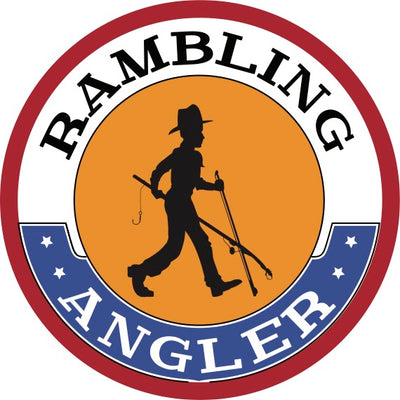
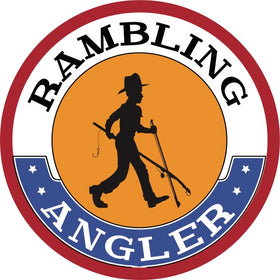


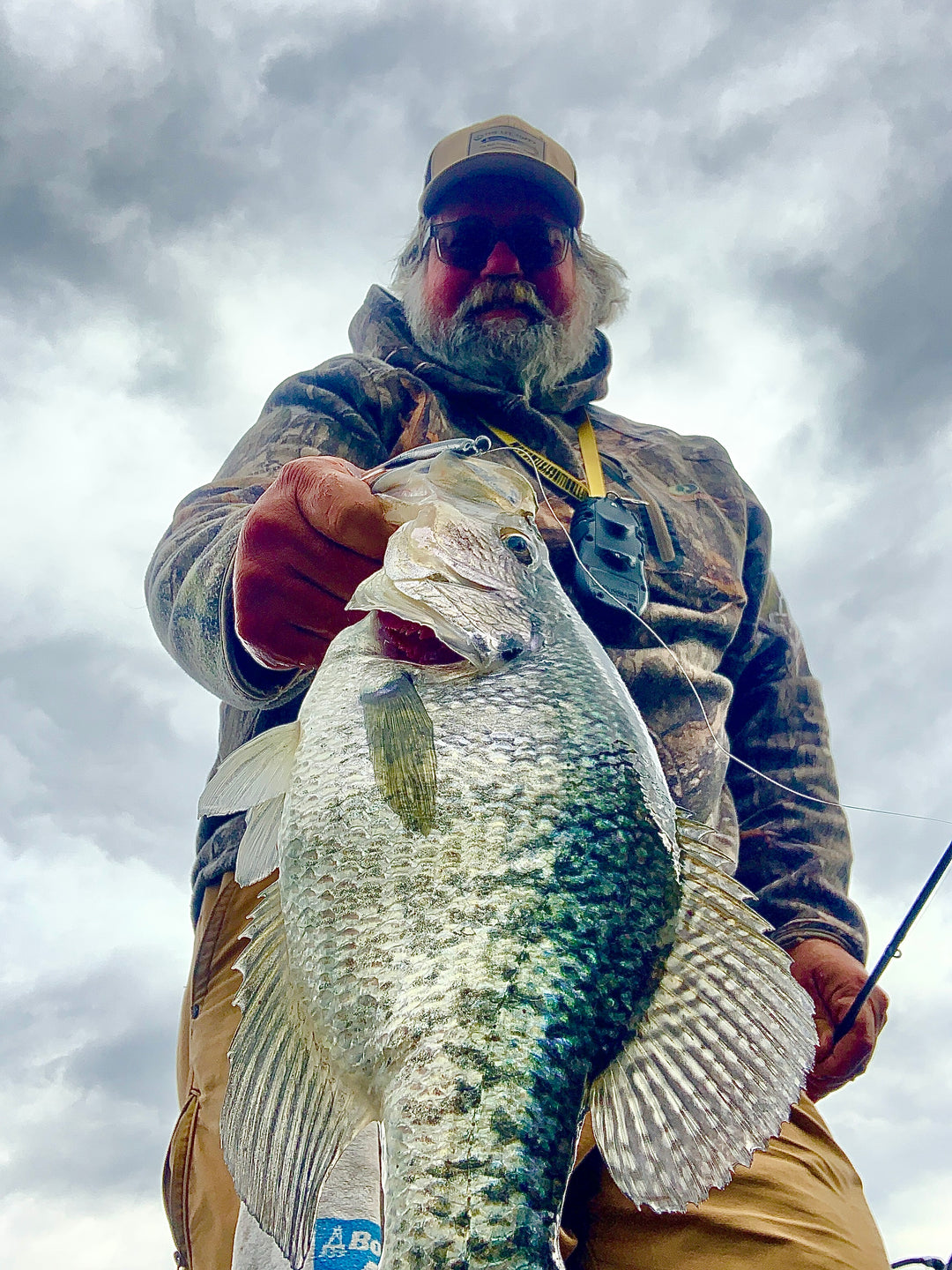
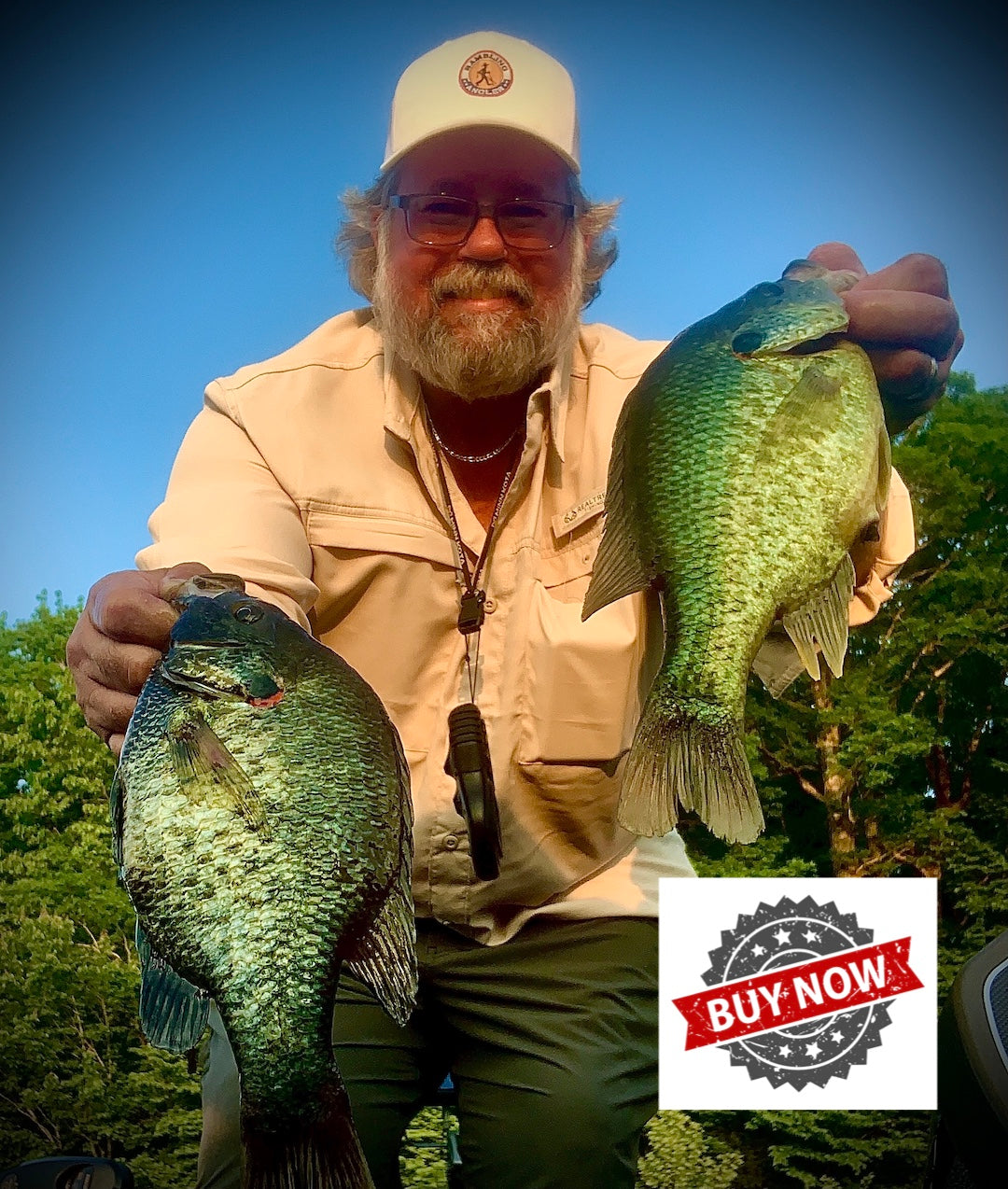
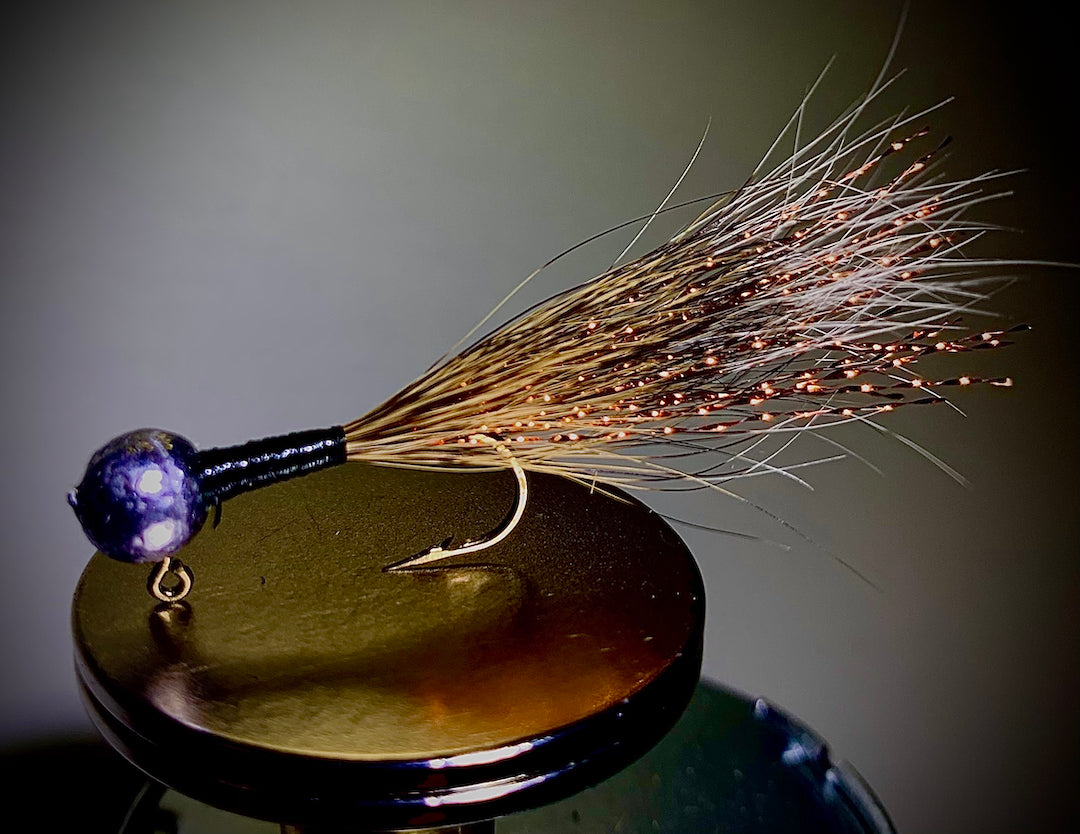
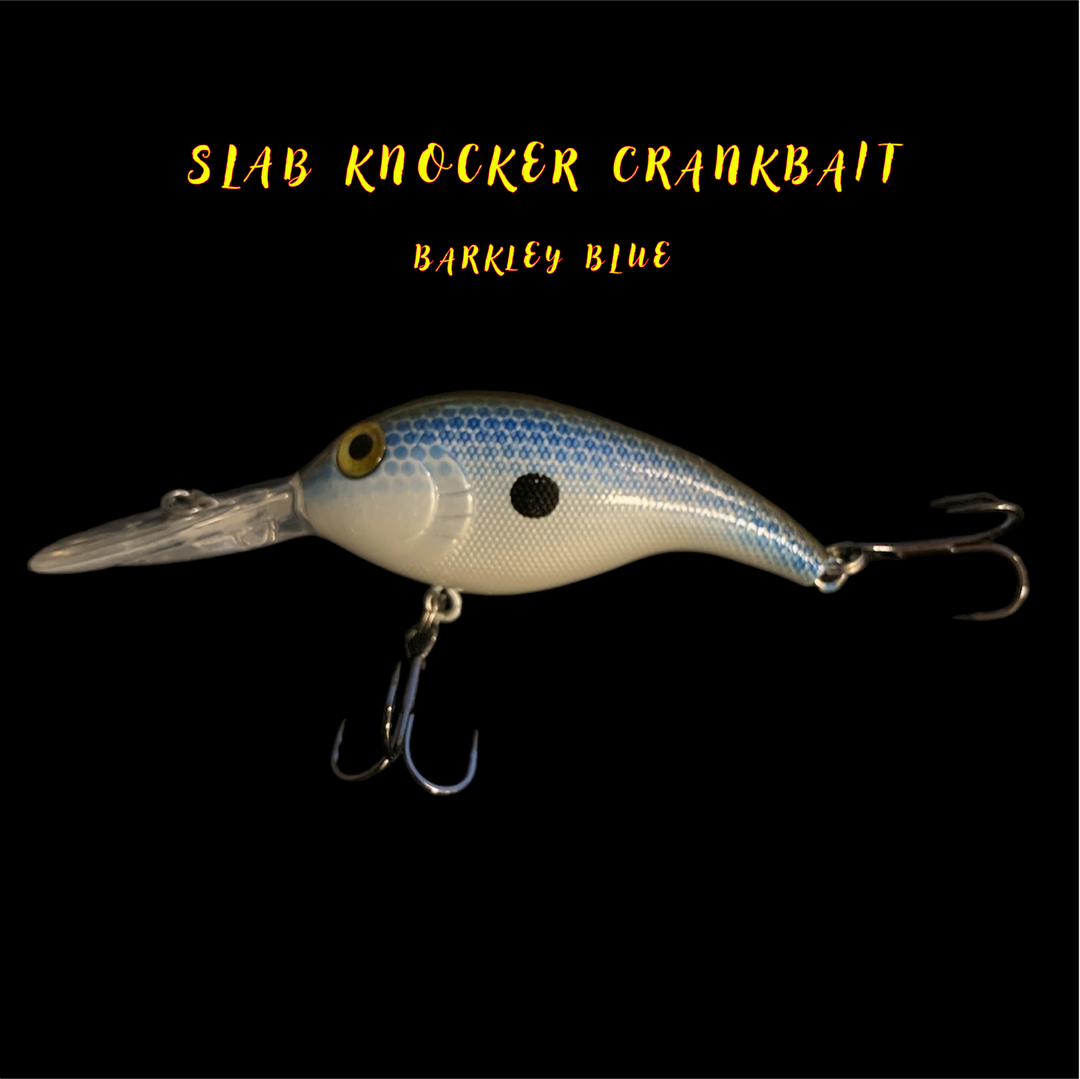
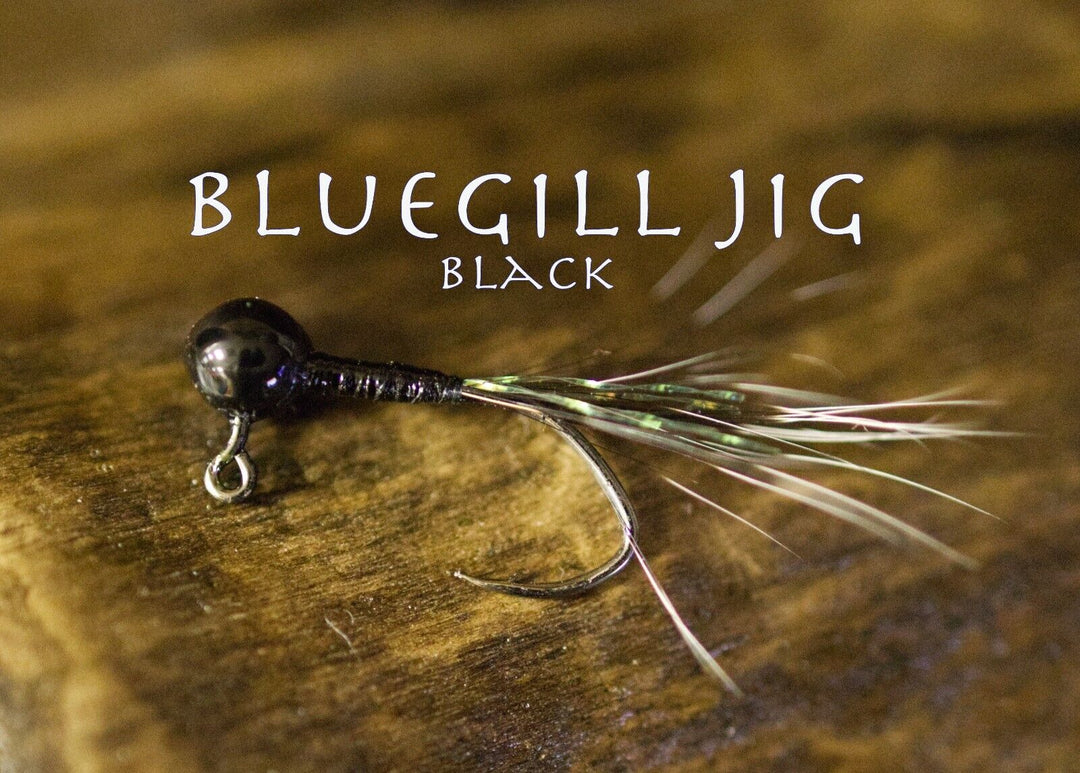







I would love to learn this technique
Leave a comment